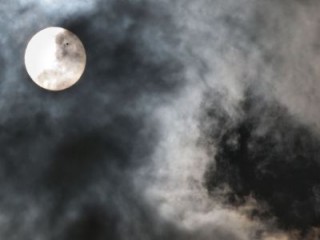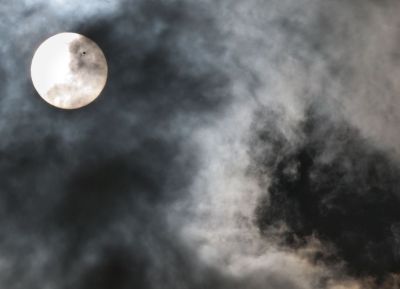
Planet Venus makes rare transit in the face of the Sun on June 5th
Observers in north and central America, and the northern-most parts of South America saw the event start just before local sunset. The far northwest of America, the Arctic, the western Pacific, and east Asia witnessed the entire passage. Meanwhile, the UK and the rest of Europe, the Middle East, and eastern Africa waited for local sunrise to try to see the closing stages of the transit.On June 5th, Planet Venus has put on a show for skywatchers during its transit in the face of the Sun as viewed from our Planet Earth. As it is one-in-a-lifetime event (the very next one will be happening in 2117) astronomers and normal people enjoyed the event around the Globe.
Observers in north and central America, and the northern-most parts of South America saw the event start just before local sunset. The far northwest of America, the Arctic, the western Pacific, and east Asia witnessed the entire passage. Meanwhile, the UK and the rest of Europe, the Middle East, and eastern Africa waited for local sunrise to try to see the closing stages of the transit.
Venus appeared as a small black dot moving slowly but surely across the solar disc. The traverse lasted more than six and a half hours. "We get to see Venus in exquisite detail because of SDO's spatial resolution," said agency astrophysicist Dr Lika Guhathakurta.
"SDO is a very special observatory. It takes images that are about 10 times better than a high-definition TV and those images are acquired at a temporal cadence of one every 10 seconds. This is something we've never had before."
Many citizens keen to observe the transit first hand attended special events at universities and observatories where equipment for safe viewing had been set up.
In Hawaii, one of the best places to see the whole event, the university's Institute of Astronomy set up telescope stations on Waikiki beach. "We've had 10 telescopes and the queues have been 10 deep to each telescope all day long," said the institute's Dr Roy Gal. "It's a great opportunity to get people excited and teach them stuff. I was hoping for a big turn-out, and it's been fantastic," he told BBC News.
Joe Cali viewed the transit on the edge of the Outback in New South Wales, Australia, another ideal vantage point. "It is exciting. It may look like just a black dot on the Sun but if you think about it, it's one of the few times you get to see a planet in motion," he said.
UK skywatchers had to deal with quite extensive cloud conditions across the country. "We've had total cloud and rain," said Brian Sheen from the Roseland Observatory in Cornwall. "But we've been improving our chances by connecting with the Shetland Islands and the people up there have done rather better than we have. We've been seeing the transit through [a feed] of one of their telescopes," he explained.
Scientists observed the transit to test ideas that will help them probe Earth-like planets elsewhere in the galaxy, and to learn more about Venus itself and its complex atmosphere.

 Fierce and Fearless: Greta Gerwig's 'Barbie' Claims Title of Highest-Grossing Female-Directed Film
Fierce and Fearless: Greta Gerwig's 'Barbie' Claims Title of Highest-Grossing Female-Directed Filmadded on Monday 24th July 2023













